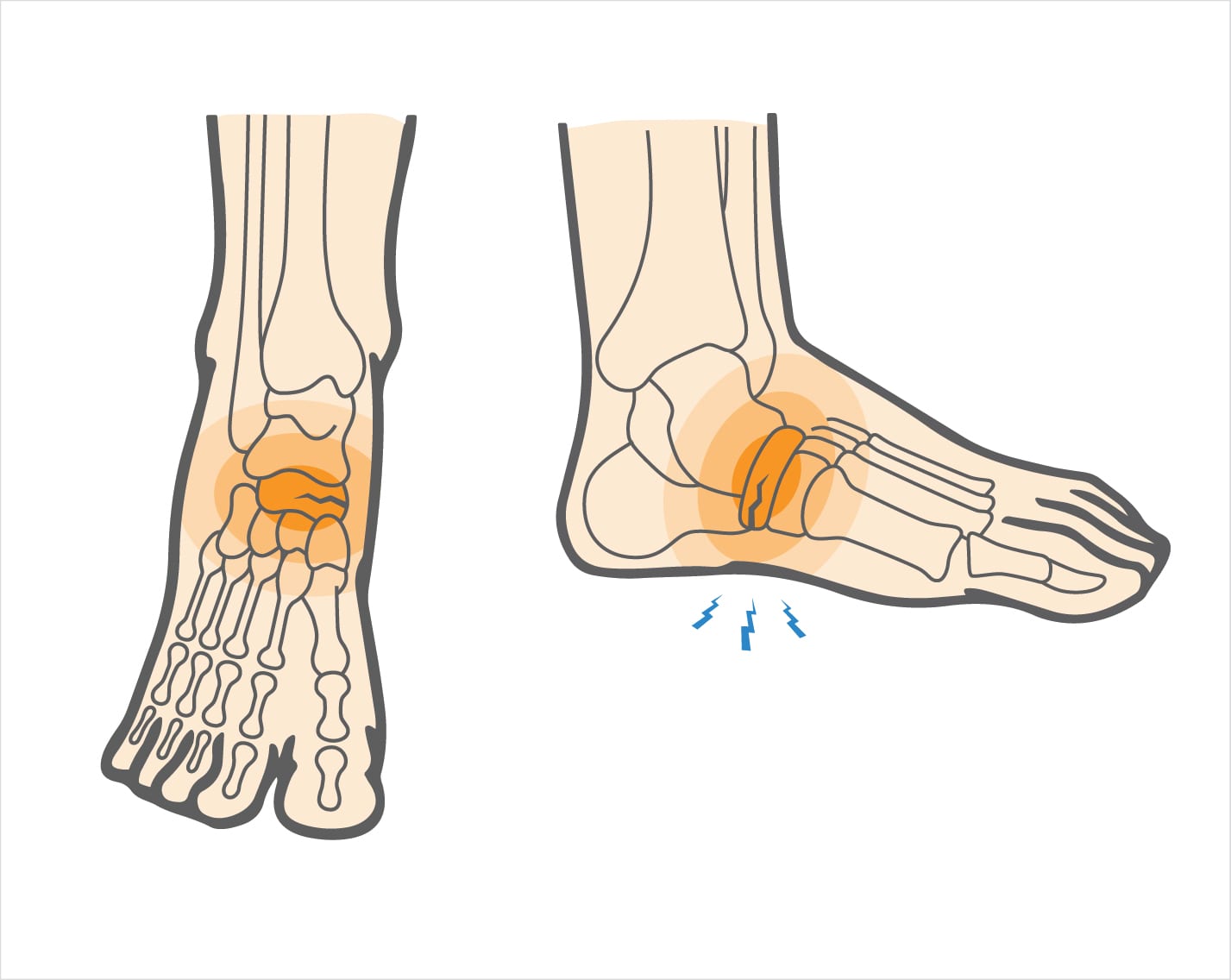
21 Mar What To Know About Stress Fractures
A stress fracture is a small crack in a bone, usually due to repetitive tasks or overuse. However, stress fractures may also be severe bone damages causing you to look for a chiropractor El Segundo. The injury is common among athletes or people with weak bones.
Once a doctor diagnoses someone with a stress fracture, the patient may have to rest for a couple of weeks. Afterward, they can resume exercising gradually to allow their bone tissues to adapt. There are several essential facts to know about stress fractures.
What Causes Stress Fractures
As mentioned, the primary cause of stress fractures is trauma. A person may end up having a bone fracture by increasing the intensity of physical activity rapidly. The factors that create this condition include:
- A sudden increase in physical exercise, including walking
- Incorrect training techniques that don’t follow sports medicine guidelines
- Improper use of training equipment
- Use of inappropriate training gear
- Weak bones caused by osteoporosis, vitamin D deficiency, or other conditions
- Being overweight or underweight
- Irregular or non-existent menstrual periods in women
Where Stress Fracture Occurs
Weight-bearing bones are more susceptible to stress fractures. As such, the tibia (shin bone) harbor’s most of the cracks. However, the metatarsals, especially the second and third ones, are also vulnerable.
Stress fractures may also occur in other weight-bearing bones such as the heel, hip, or lower back. If the injury happens near the ankle, specifically in the navicular, you may have to search for sports medicine near me to start early treatment.
Symptoms of Stress Fractures
The fundamental symptom of stress fractures is pain over the fractured bone part. The ache may go away when resting and intensity with an increase in physical activity.
Patients may also experience tenderness in the affected area. If the symptoms such as bruising manifest, it is advisable to visit sports medicine El Segundo health centers.
Prevention of Stress Fracture
Athletes and people susceptible to stress fractures can engage sports medicine El Segundo specialists to understand better how to prevent stress fractures. General precautions that may help keep the cracks at bay include:
- Following sports medicine principles such as eating a healthy diet
- Correct use of sporting equipment
- A gradual increase in the intensity of physical activities
- Use of proper gear when exerting
- Cross-training – alternating between high and low impact physical activities
Treatment of Stress Fractures
If a patient suspects that they have stress fractures, they should visit a sports medicine near me facility for an examination. If the crack exists, the best way to treat it using the classic RICE method. The patient can rest, place ice over the affected area, compress it, and elevate the affected body part to be in a position above the heart.
For severe stress fractures, patients can search for chiropractor El Segundo for surgery. Very few cracks in the bone require surgery, though. Stress fracture patients may have to take medication to manage pain. Additionally, they may have to abate physical exercise for six to eight weeks as the fracture heals.

